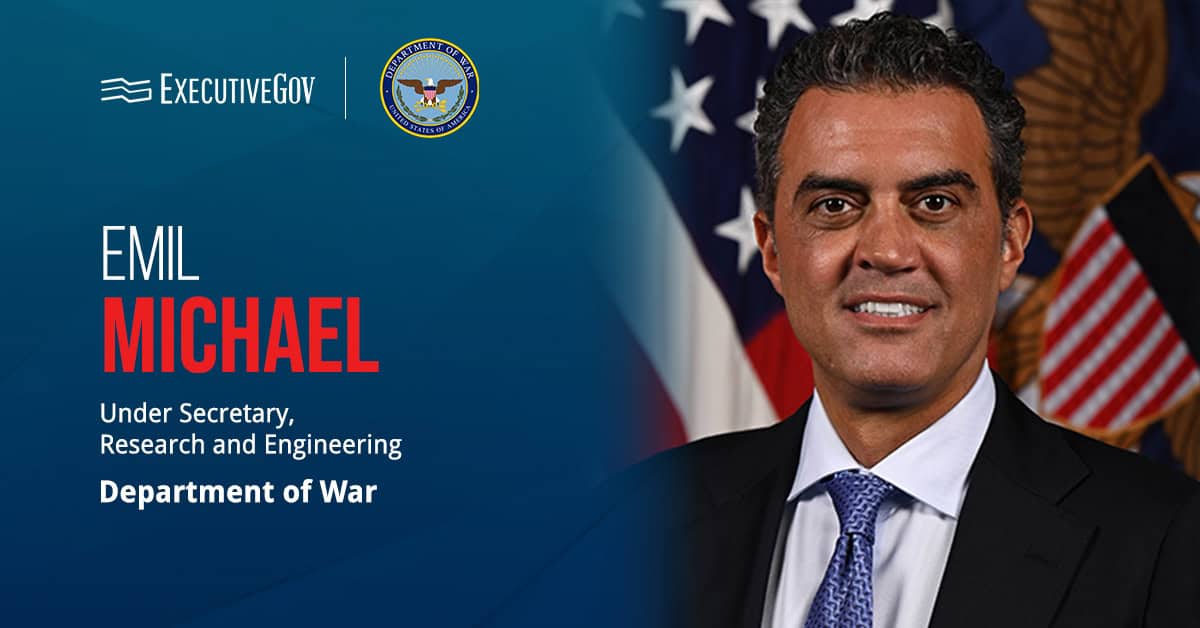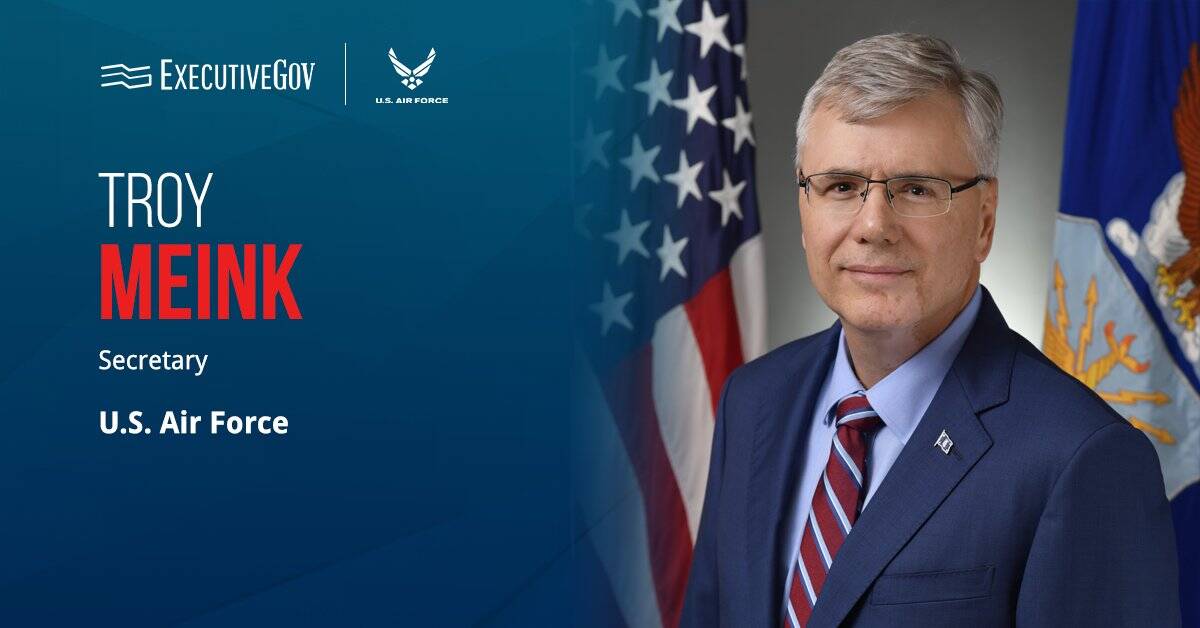 Joseph Gordon, former division chief of the U.S. Air Force Science and Technology Management Division, has been appointed to lead the branch’s Technology Transfer program as director.
Joseph Gordon, former division chief of the U.S. Air Force Science and Technology Management Division, has been appointed to lead the branch’s Technology Transfer program as director.In his new position, Gordon will work to expand the program’s scope to include technology transition, in addition to transfer, Wright-Patterson Air Force Base said Wednesday.
The U.S. Air Force intends to rebrand the effort as the Technology Transfer and Transition or T3 program, with the inclusion of a new web page and new transfer/transition mediums. The rebranding is meant to accelerate the delivery and transition of new technologies to the warfighter.
“I look forward to seeing the programs grow with updated policies and procedures, and seeing how T3 will operate in the future,†said Gordon.





